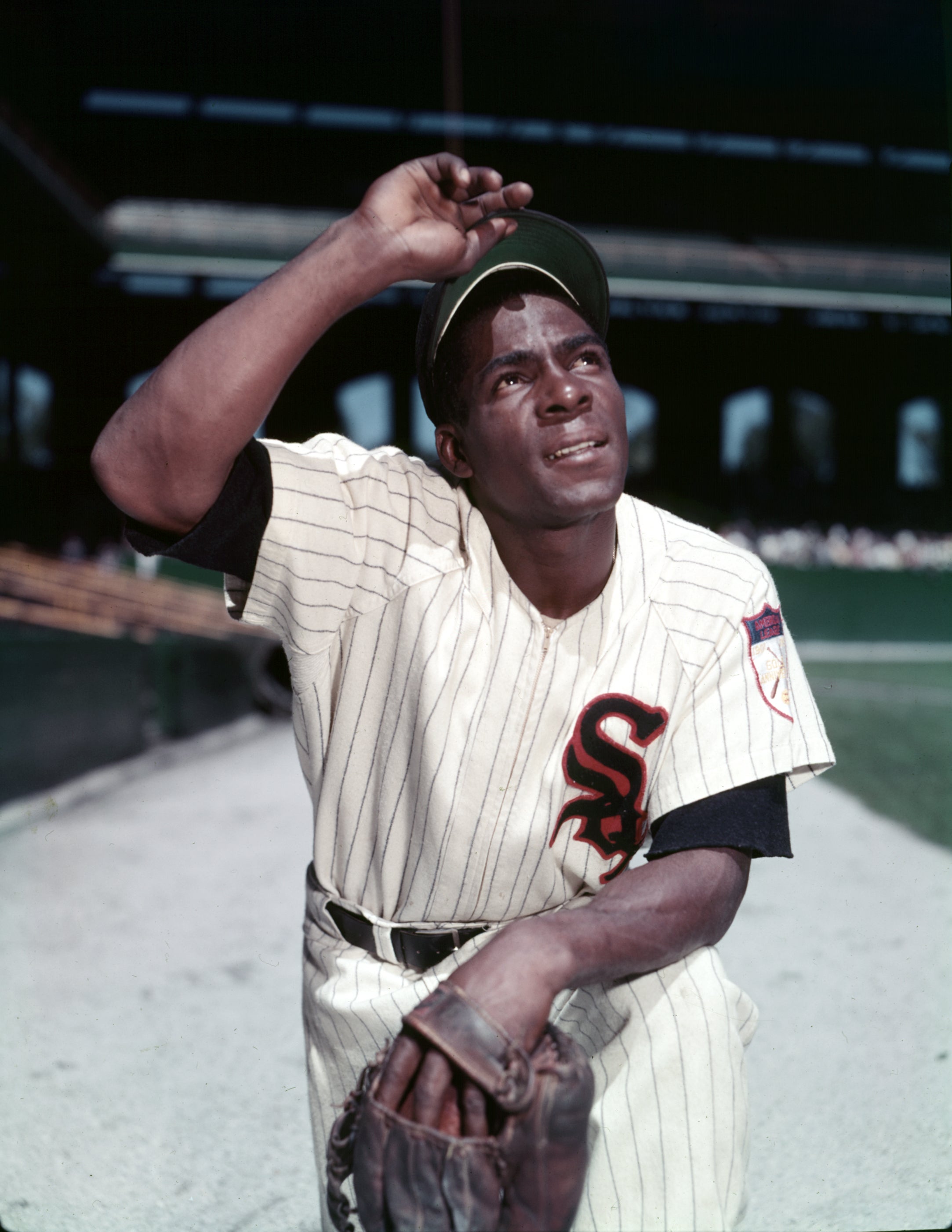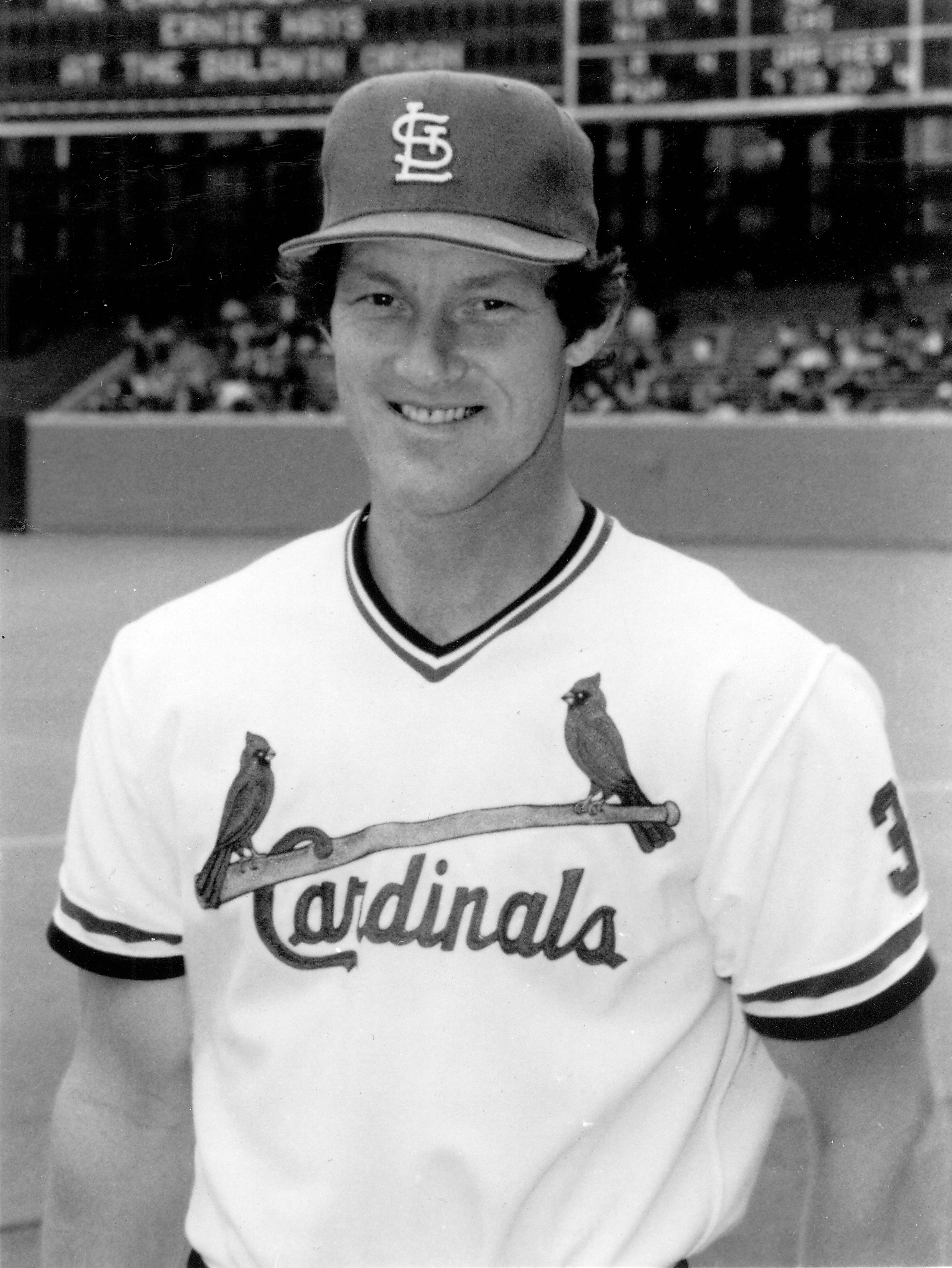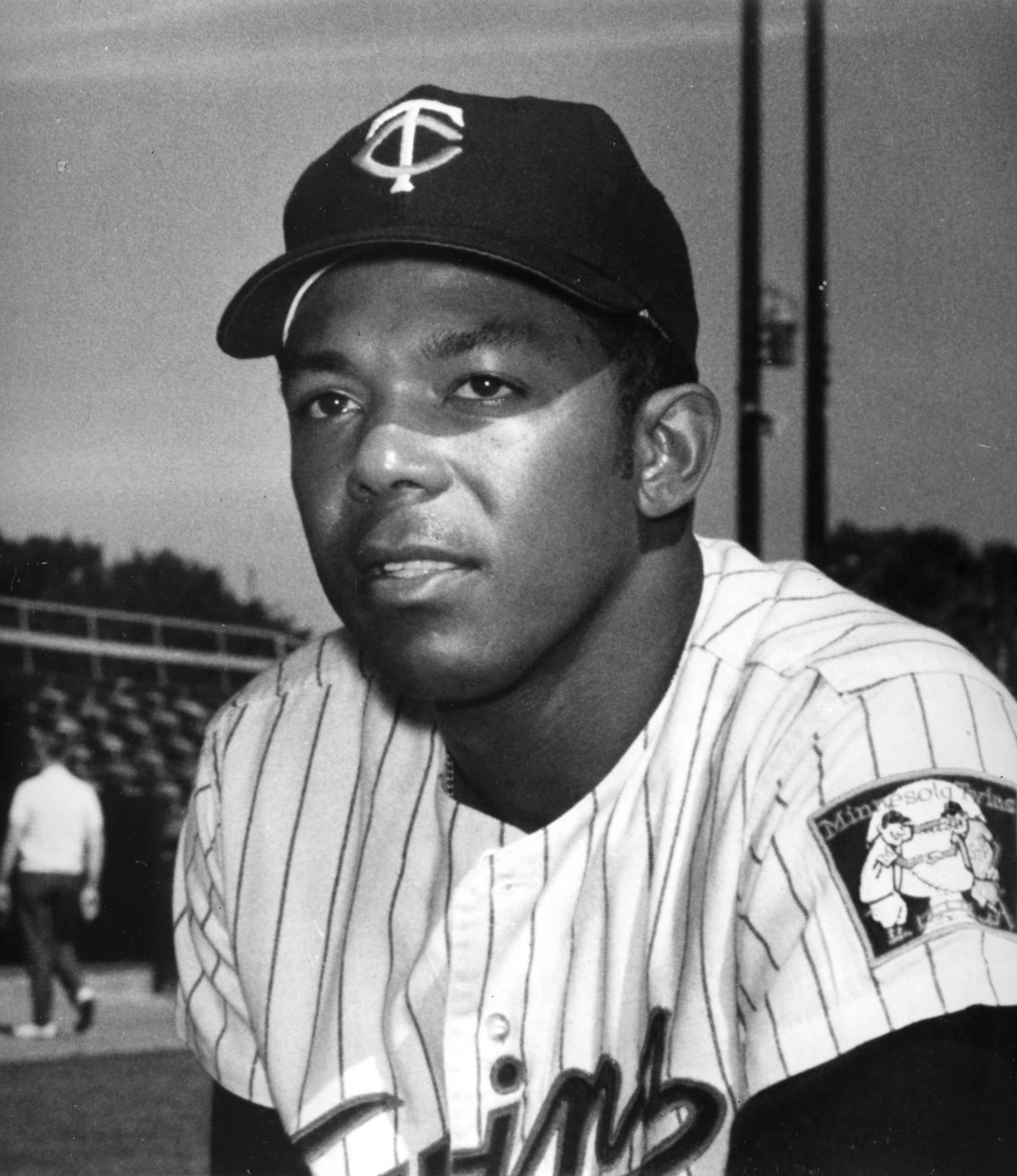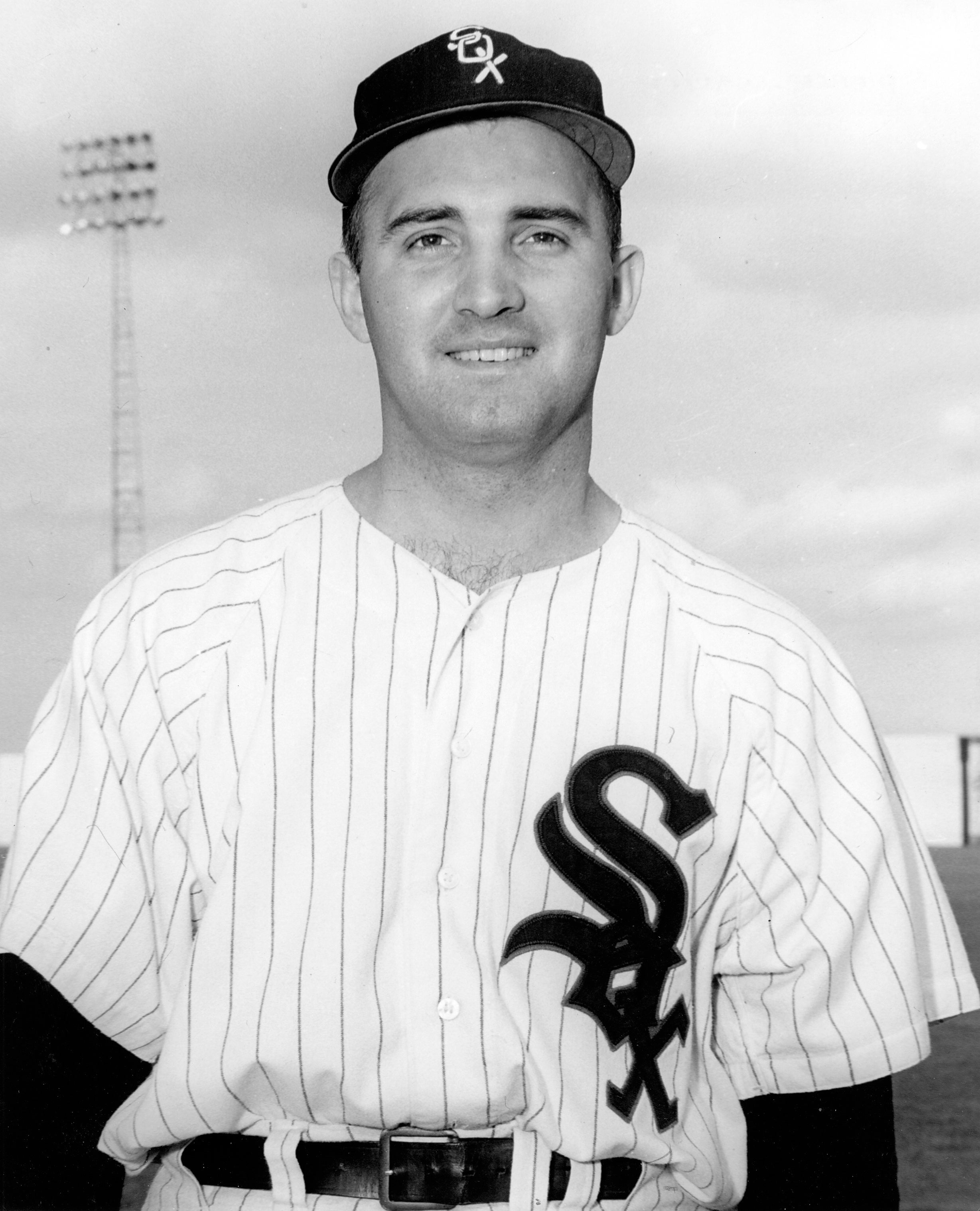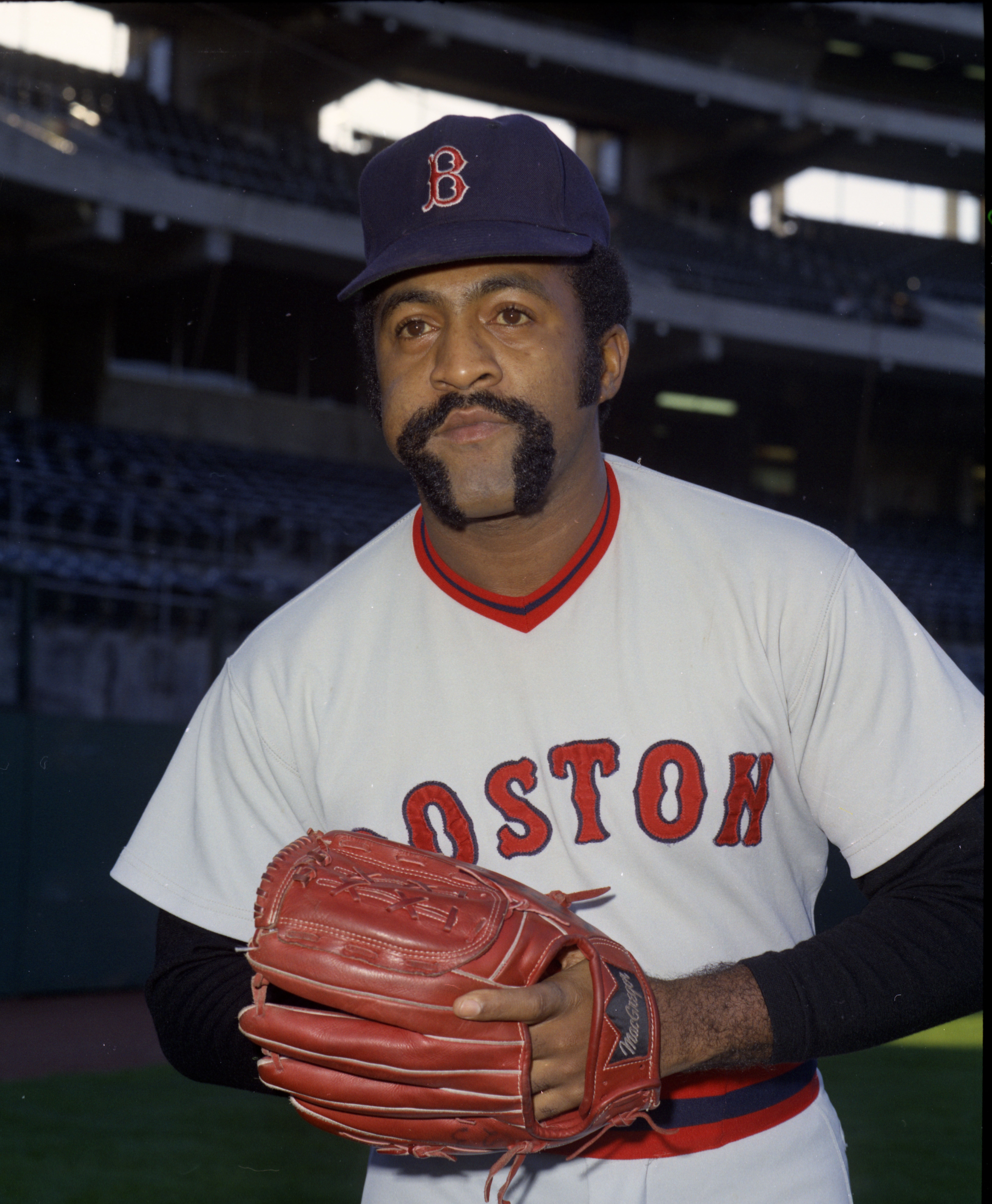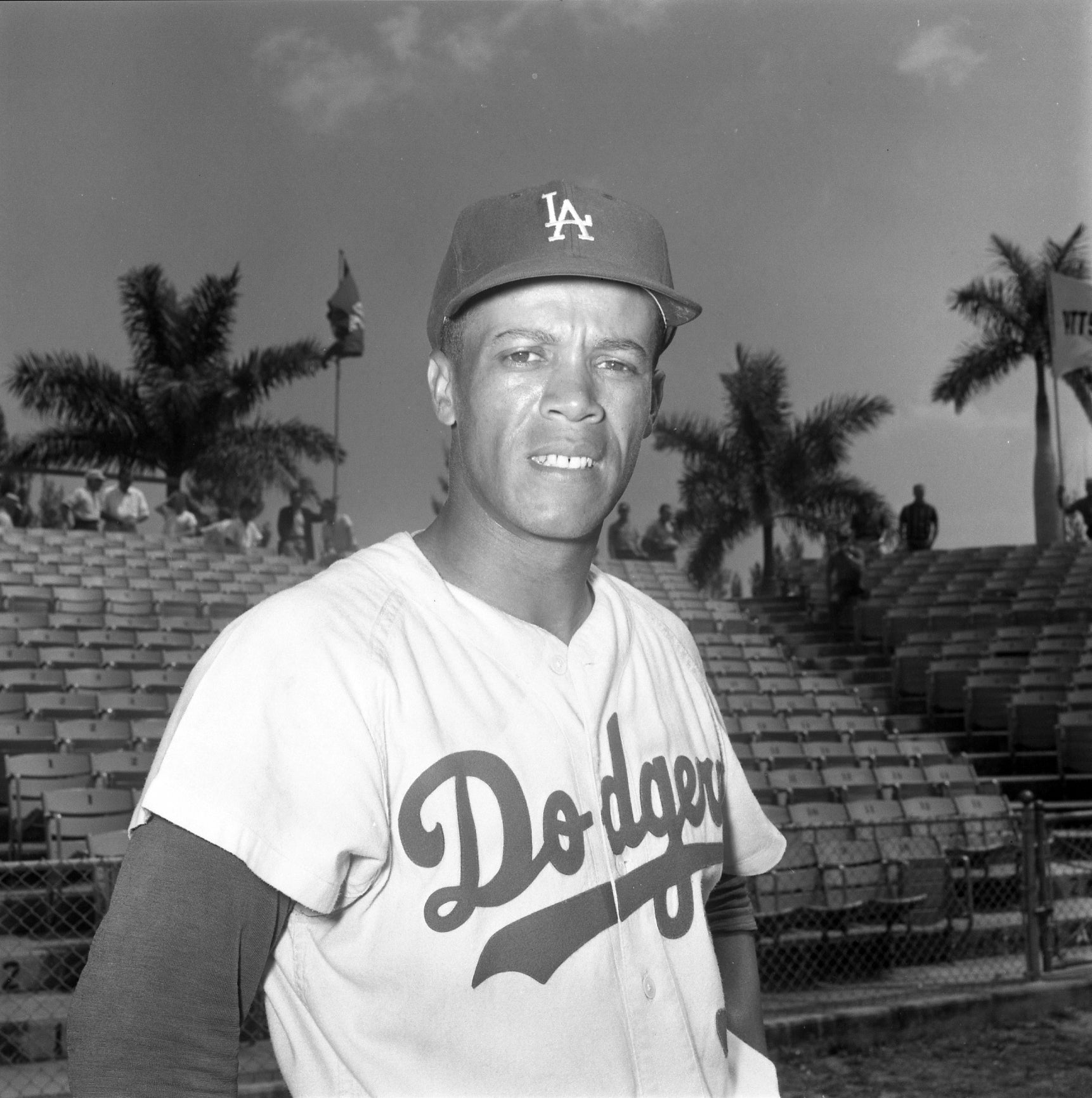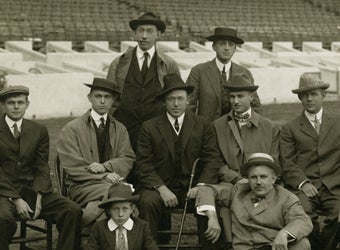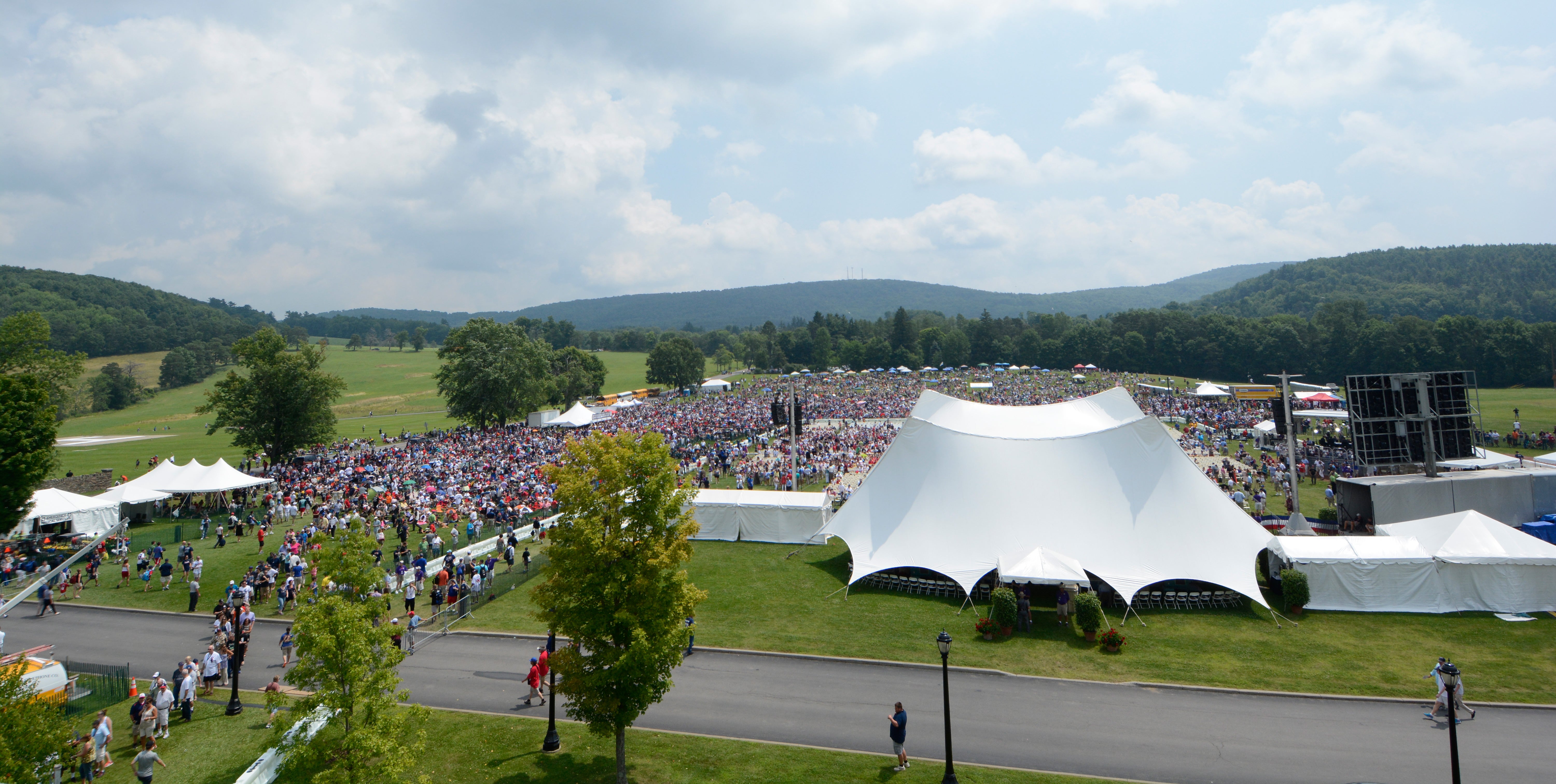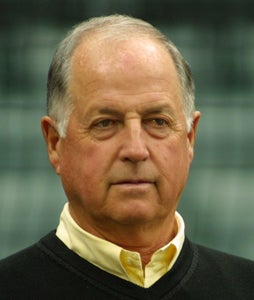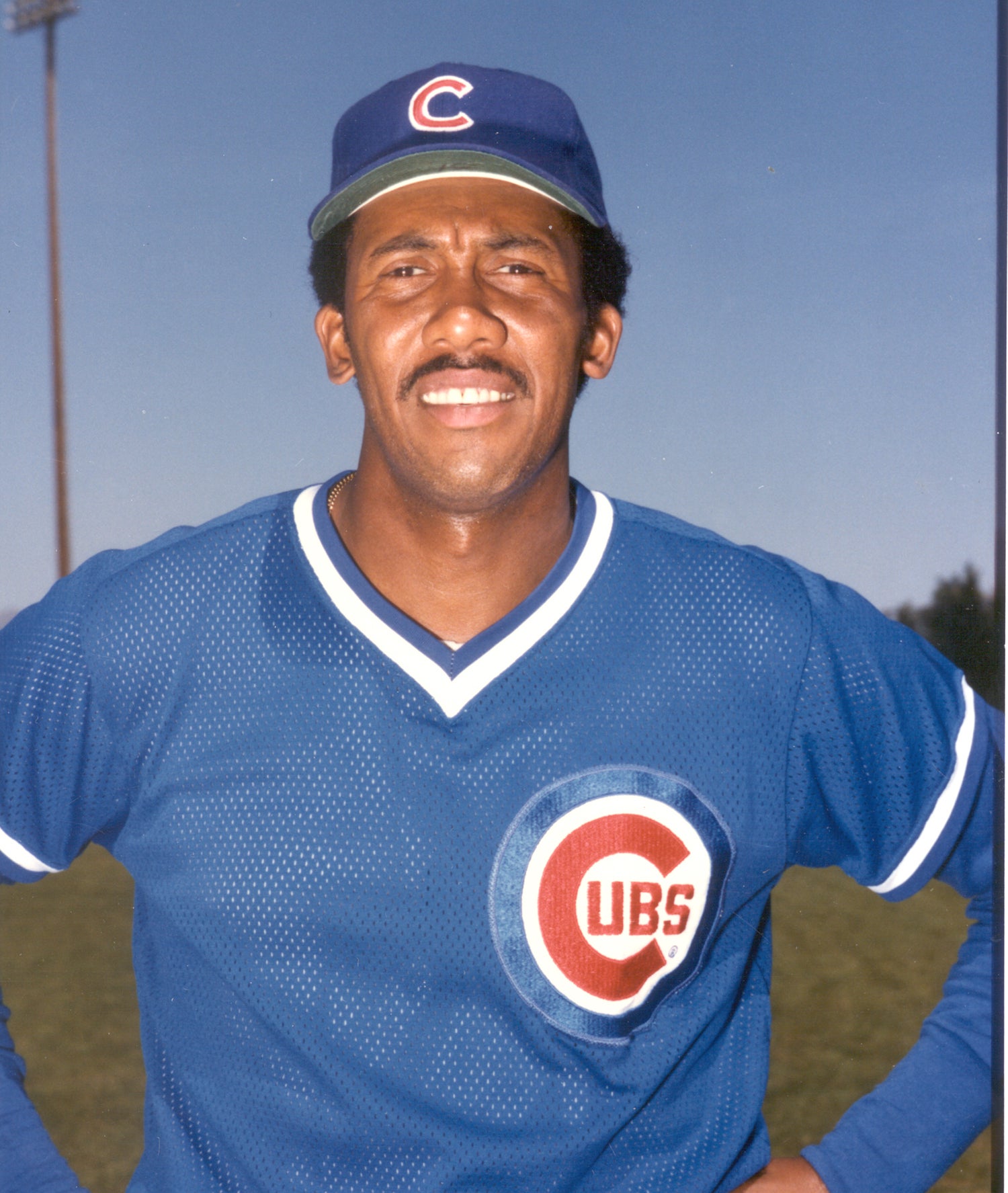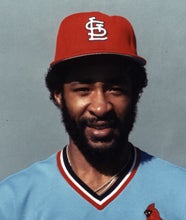- Home
- Our Stories
- Former slugger Dick Allen one step from Cooperstown
Former slugger Dick Allen one step from Cooperstown
Dick Allen was elected to the Hall of Fame in 2024.
In an era where run production decreased across baseball, Dick Allen fashioned numbers that left him with a permanent place in the game’s record book.
Now, Allen stands on the verge of a permanent place in Cooperstown.
Allen, who played 15 seasons for the Phillies, Cardinals, Dodgers, White Sox and Athletics, is one of 10 finalists on this year’s Golden Era ballot that will be considered by the committee on managers, umpires, executives and long-retired players at the National Baseball Hall of Fame and Museum. The 16-person committee will vote at baseball’s Winter Meetings in San Diego, Calif., and the results of the vote will be announced Dec. 8.
The 10 candidates on the Golden Era Committee ballot are: Ken Boyer, Gil Hodges, Bob Howsam, Jim Kaat, Minnie Minoso, Tony Oliva, Billy Pierce, Luis Tiant, Maury Wills and Allen. Any candidate who is named on at least 75 percent of all ballots cast will be inducted in the Hall of Fame as part of the Class of 2015.
The Golden Era Committee consists of Hall of Famers Jim Bunning, Rod Carew, Pat Gillick, Fergie Jenkins, Al Kaline, Joe Morgan, Ozzie Smith and Don Sutton; baseball executives Jim Frey, David Glass, Roland Hemond, and Bob Watson; and veteran media members Steve Hirdt, Dick Kaegel, Phil Pepe and Tracy Ringolsby.
Bio
Born March 8, 1942 in Wampum, Pa., Allen signed with the Phillies as an amateur free agent prior to the 1960 season for a reported $70,000, a huge sum at the time. After three full seasons in the minors where he averaged 100 RBI per year, Allen debuted with the Phillies as a late-season call-up on Sept. 3, 1963. By the following season, Allen won the Phillies’ starting job at third base – a position he had rarely played.
Allen made 41 errors at third base in 162 games in 1964. But it was his record-setting hitting that powered his run to the National League’s Rookie of the Year Award. Allen led the NL with 125 runs scored – tied for 10th among rookies in MLB history and topped only twice since 1964 – 13 triples and 352 total bases while hitting .318 with 38 doubles, 29 home runs and 91 RBI.
Allen led the Phillies throughout the summer, with only an historic late-season slide preventing Philadelphia from winning the pennant.
Over the next five seasons, Allen established himself as one of the game’s most dangerous hitters, earning three All-Star Game berths while receiving Most Valuable Player Award votes in three seasons. From 1964-69 – during one of the most pitching-dominated eras in big league history – Allen averaged better than 29 home runs and 90 RBI per season. He famously used a 40-ounce bat, driving balls mammoth distances with his unique bat speed.
After a handful of on-field and off-the-field incidents, however, Allen was dealt to the Cardinals following the 1969 season – a trade famous for sending Curt Flood to the Phillies, a move that resulted in Flood bringing an antitrust suit against MLB. Allen was named to the 1970 All-Star Game while hitting 34 home runs and driving in 101 runs that year, then was traded to the Dodgers prior to the 1971 season. With Los Angeles, Allen hit .295 with 23 homers and 90 RBI before being sent to the White Sox in a deal that brought the Dodgers pitcher Tommy John.
In Chicago under manager Chuck Tanner, Allen flourished – leading the American League with 37 homers, 113 RBI and 99 walks in 1972 and earning the league’s Most Valuable Player Award. He appeared headed toward an even better season in 1973 when he suffered a broken leg, ending his campaign with 16 home runs and 41 RBI in just 72 games.
“I have found a home here in Chicago,” Allen told the New York Times in 1972. “It really has made me feel like a human being.”
In 1973, Allen made a reported $250,000 as the highest paid player in the game. He again led the AL in home runs in 1974 with 32 despite leaving the White Sox in a dispute with two weeks left in the season.
The White Sox then sold Allen’s contract to the Braves, but Allen opted to retire. He returned, however, a month into the 1975 season with the Phillies and played another three seasons, ending his career after a stint with the Athletics in 1977.
“He was a gem,” Tanner told USA Today Baseball Weekly in 1995. “He was a leader, like having a manager on the field. I never had a problem with him.”
His final totals: a .292 batting average with 351 home runs and 1,119 RBI in 15 seasons, with a .378 on-base percentage and a .534 slugging percentage. He led his league in slugging percentage three times and on-base percentage twice while earning seven All-Star Game selections.
“I’m satisfied with my career,” Allen said in 1995. “If I had it to do over again, I’d do it the same way.”
Craig Muder is the director of communications for the National Baseball Hall of Fame and Museum
2015 Golden Era Candidate Bios
